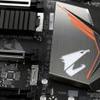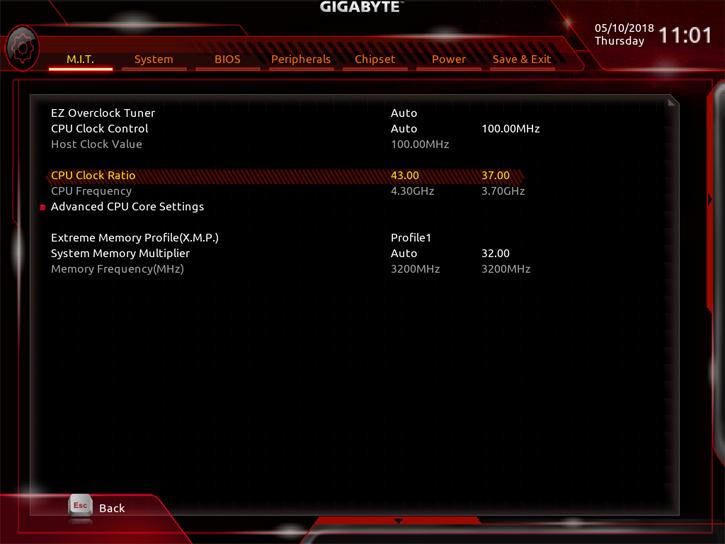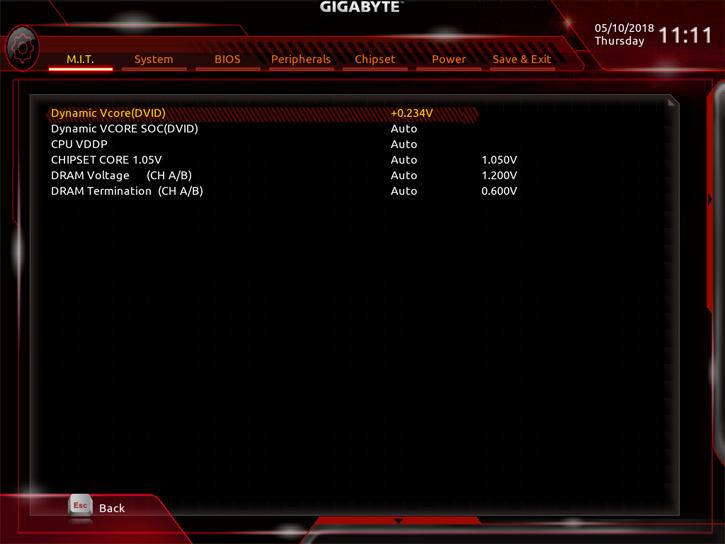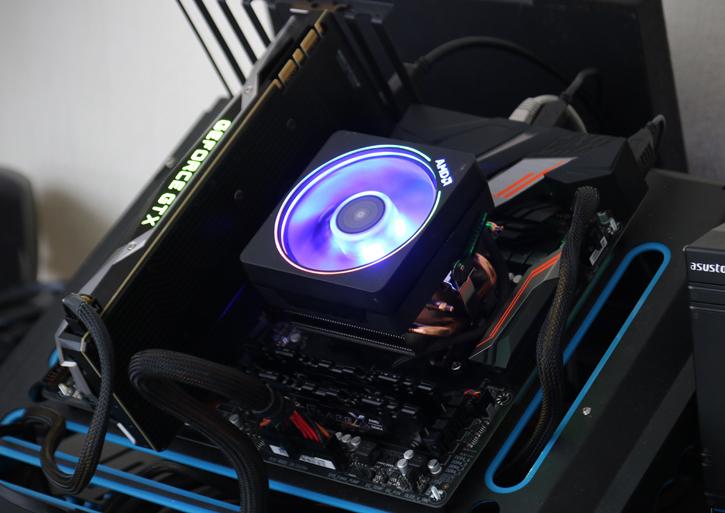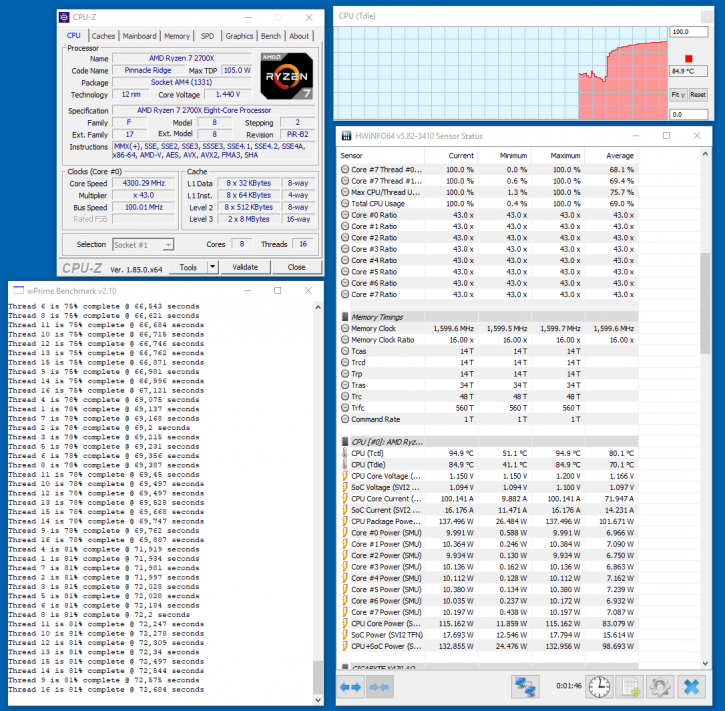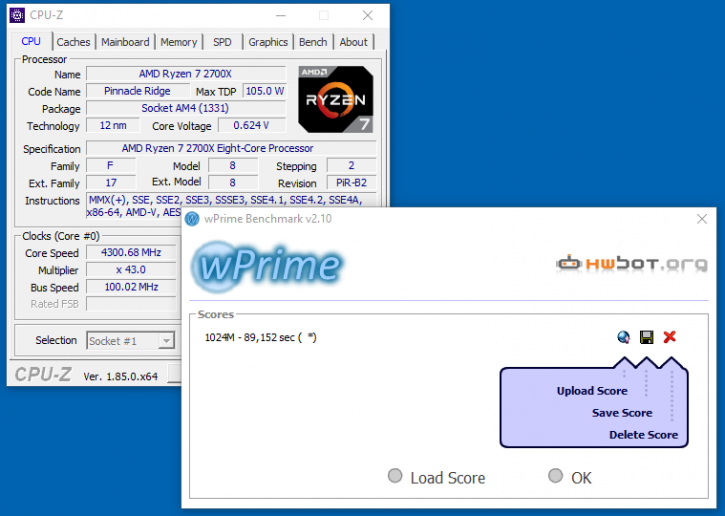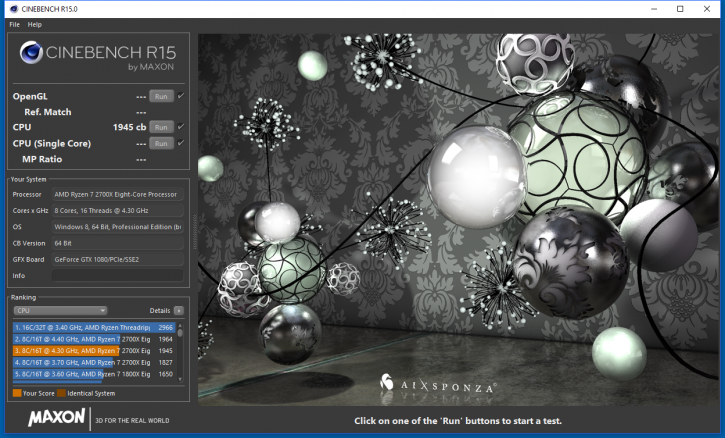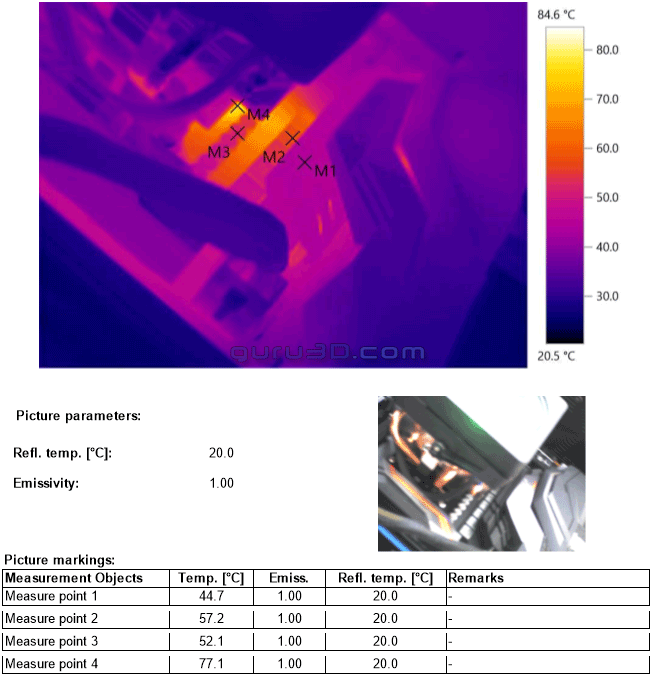Overclocking The Ryzen 7 2700X processor
Overclocking a Ryzen 7 2700X processor
On this page, I want to disclose what you can do in order to achieve an all-core overclock. We achieved 4300 MHz on the stock AMD cooler, and that is really pushing it for this cooler.
We settle at a multiplier of 43 and suffice with 1.425V on the CPU. The cheaper Gigabyte boards, however (unfortunately), works with offsets, you'll need roughly +0.225V for that 4.1 ~ 4.3 Range.
You guys know it when you're gonna tweak, always invest in good hardware. And that includes a proper MOBO/PSU/Memory and cooling), the cheaper motherboards often are not well tuned for enthusiast overclocking with fewer power phases. Please. never underestimate a good power supply and sure, proper processor cooling. Overclocking with a more core processor (doesn't matter if that is Intel or AMD) is more difficult than you expect it to be. Ryzen likes fast memory, so with this dual-channel (single rank) setup we really can recommend higher frequency memory like the 3200 MHz kits used. G.Skill also has a nice Ryzen optimized 3400 MHz kit (we use it here), only you can decide whether or not that is worth the extra dough though.
We expect most Ryzen Series 2000 CPUs to be able to hit 4.2 up-to 4.3 GHz with at least proper cooling. I expect most processors to hit 4.2~4.3 GHz stable on liquid cooling, and some parts can reach 4.4 GHz. It's a bit of a luck of a draw really.
We can now finish wPrime in a cool 89 seconds (1024M / 16t). The Tdie max temp, however, reaches 85 Degrees C. So yes, you'll need some sort of liquid cooling at this tweaking level.
The Ryzen 7 2700X defaults at roughly 1800 points, the all-core overclock to 4300 MHz brings us towards 1945 points.
Above a thermal image of the VRM Area and corresponding temperatures - this is under full CPU load in overclocked conditions. M1 is the VRM heatsink with MOSFETs, M2 are the solid chokes, M3 the capacitors. The three component arrays together form your CPU VRM. At m4 I am hitting a small chip on the PCB.
